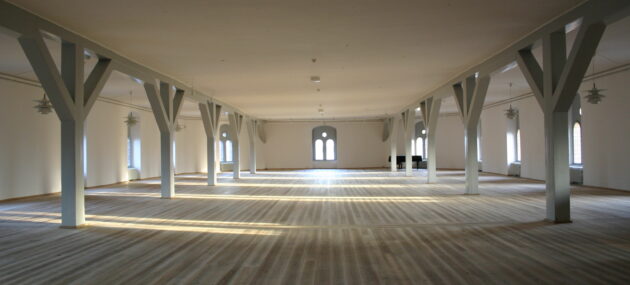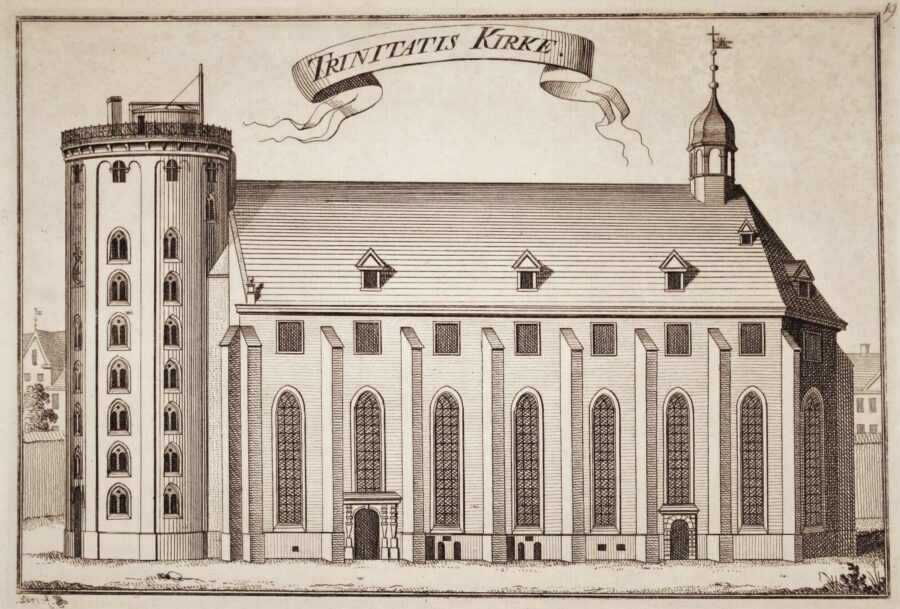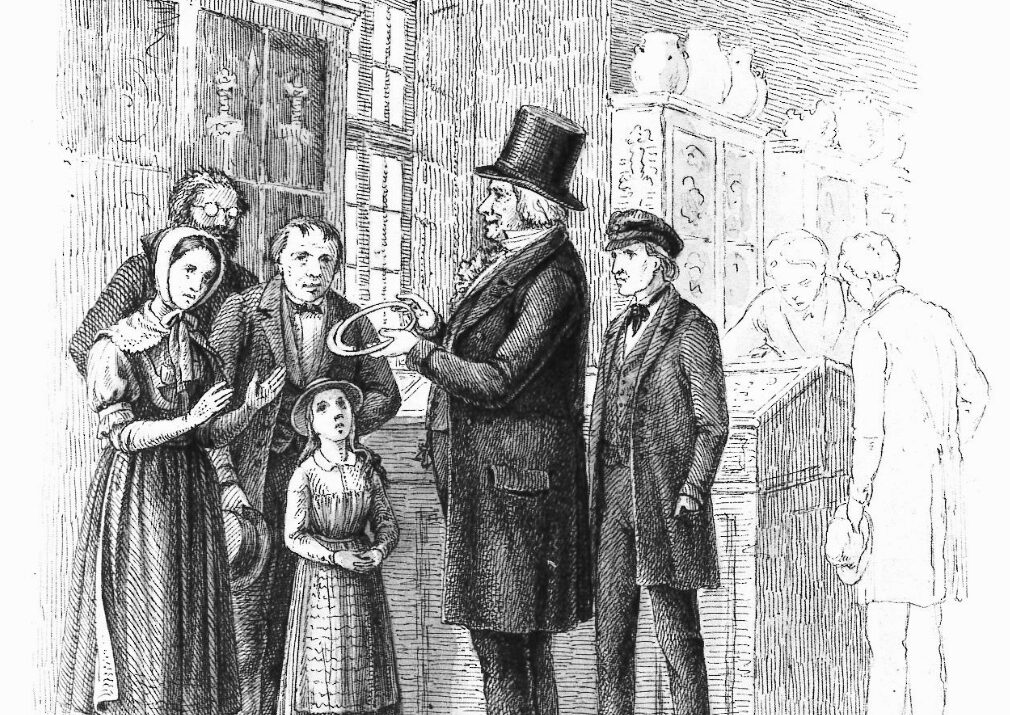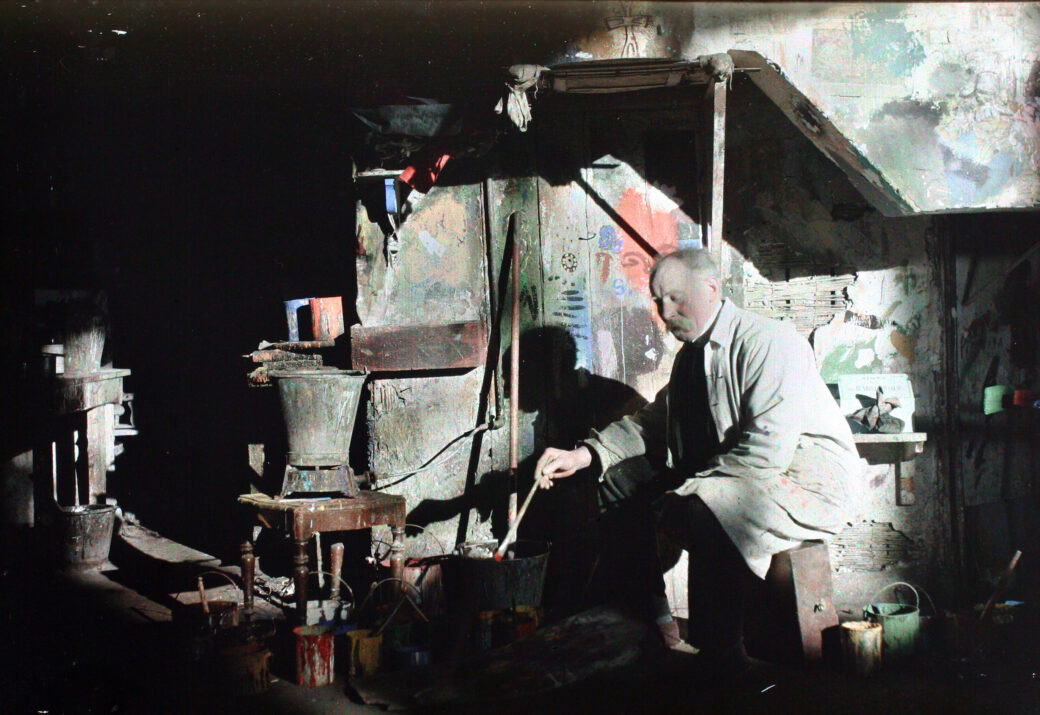This website uses cookies so that we can provide you with the best user experience possible. Cookie information is stored in your browser and performs functions such as recognising you when you return to our website and helping our team to understand which sections of the website you find most interesting and useful.

The History of the Library Hall
The Library Hall is situated halfway up the Round Tower on the floor above the Trinity Church. Today the more than 800 square metres are used for changing exhibitions of art, design and other things as well as concerts and cultural events. You can also buy souvenirs and coffee in the Library Hall, which was opened for exhibitions in 1987. Before that it was used as the studio of a theatre painter and as a storeroom for both the Zoological Museum and a publishing firm.

Three Functions
As the name implies, the Library Hall originally accommodated the University of Copenhagen’s book collection. Just like the Observatory at the top of the Round Tower and the Trinity Church, the University Library formed one of the three original functions, which King Christian IV wanted to unify in one building complex.
Inaugurated in 1657, the library remained in the hall for 200 years until it moved in 1861, owing to lack of room.
The Birth of the National Museum
The book collection originally comprised about 10,000 volumes placed in bookcases lining the walls. One of the main attractions was a so-called book wheel, allowing the user to control several open books at the same time. A set of rules accurately stipulated how to behave. For instance you were not allowed to damage the books, act impiously, argue or vomit!
Although the size of the book collection gradually multiplied, in the beginning of the 19th century a collection of antiquities also found room in the other end of the hall. It was during the arrangement of this collection that, for the first time, the idea of dividing antiquity into the Stone Age, the Bronze Age and the Iron Age was formulated scientifically. The collection later developed into the National Museum of Denmark, which in this way also had its beginning in the Library Hall.


